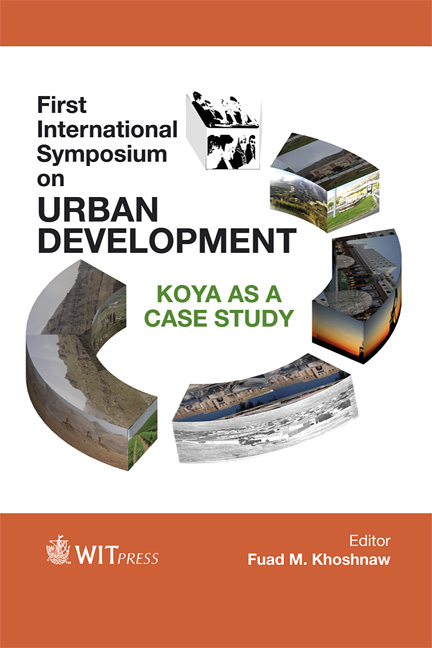Principles Of Developed Cities
Price
£23.00
Volume
77
Pages
7
Page Range
117 - 123
Published
2014
Size
37 kb
Paper DOI
10.2495/ISUD130141
Copyright
WIT Press
Author(s)
Muwafak Al-Tai
Abstract
The future and development of the high-rise metropolis presents a number of fundamental challenges. The standard of living experienced by those that have migrated could be seen as drastically reduced due to issues such as overcrowding, noise pollution and the stratospheric costs of living in a city. These can be classed as profoundly negative impacts which will only amplify in their power over time. Megacities will expand and become more densely populated and hence more crowded. Though the temptation to move to a city can be alluring, these challenges will only increase as time passes. London as an example of a developed city has experienced the brunt of many of these challenges. Congestion, a low standard of public services and overcrowding that of course leads to competition for these services can be seen by simply walking through London’s Victoria train station. The dreams people may have of an extremely high standard of living are shattered when faced with the reality of these increasing challenges. It is therefore profoundly important to investigate the principles of the developed city; as in the ways and mechanisms in which the megacity can be a warm, habitable place to live. This paper will investigate these principles and potentially put forward ideas for how the megacity can develop moving forward in order to contribute to providing better places for the planet’s population to live. Keywords: high-rise city, high-density, metropolis, skyline, megacity, development.
Keywords
high-rise city, high-density, metropolis, skyline, megacity, development





